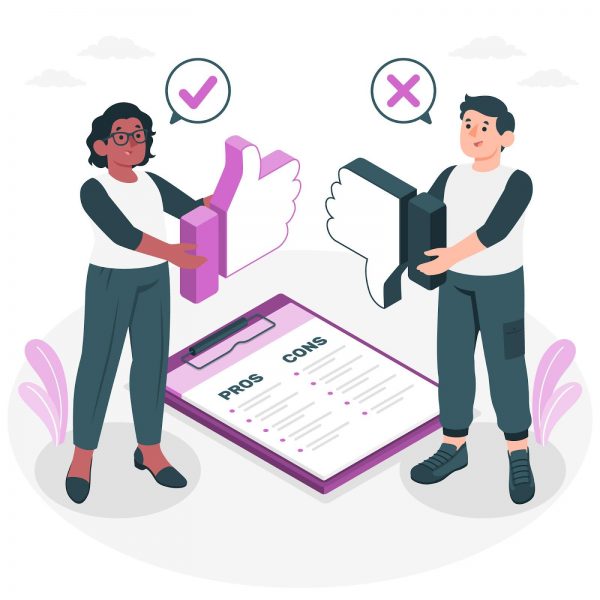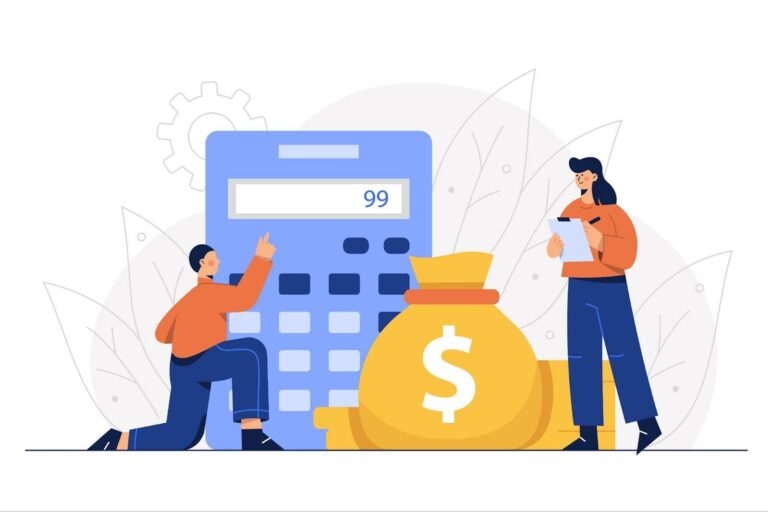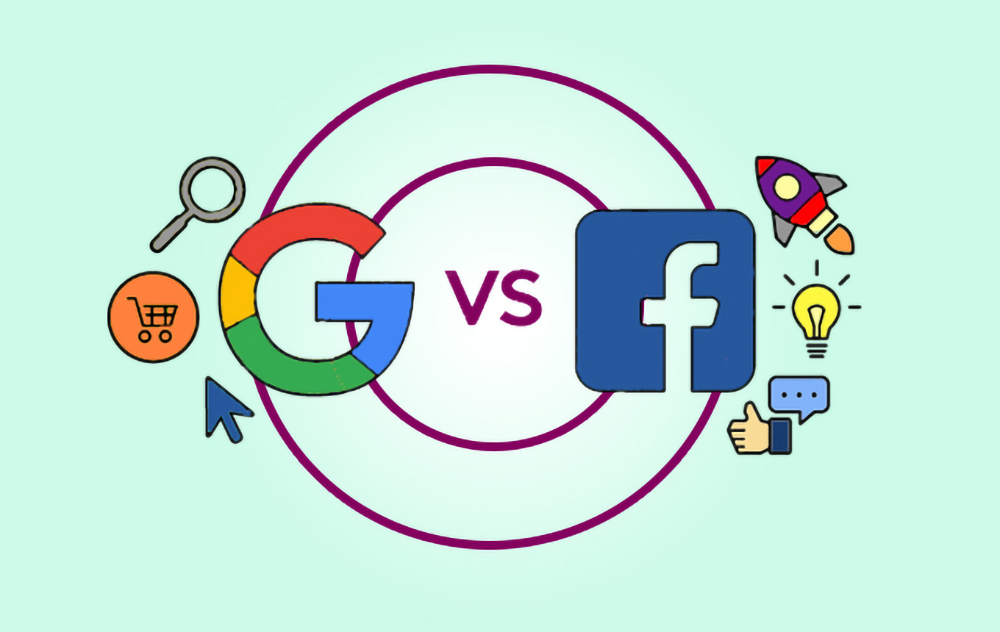Navigating the world of online advertising can be a challenge, especially when it comes to advertising for dropshipping. Google Ads vs Facebook Ads for dropshipping is a common dilemma for novices. To differentiate themselves from their competitors, some dropshippers start by advertising on Google Ads, an already then familiar territory, and look to expand their horizons to Facebook Ads. Do you find yourself in this situation?
It may seem daunting to make the leap to a new advertising platform. But rest assured, you’re not alone. Many people share these concerns, and that’s precisely why this guide has been designed. To provide you with the information you need to make an informed choice.
What are Google Ads and Facebook Ads?

Google Ads, formerly Google AdWords, is Google’s advertising platform. It enables you to display targeted ads on the Google search engine, YouTube and a host of partner sites. It’s an invaluable tool for dropshipping, offering unrivalled visibility for your products.

On the other hand, Facebook Ads is Facebook’s advertising service. It offers you access to a vast and diverse audience on its extensive network that includes Instagram and Messenger. In other words, it’s a window onto an ocean of potential customers for your dropshipping business.
In the Google Ads vs. Facebook Ads debate for dropshipping, both platforms have their own advantages. The choice between one or the other will depend on various factors, including your budget, your target audience, and the characteristics of your products.
How does Google Ads work for dropshipping?
Google Ads works on the basis of bids and keywords. When you create an ad, you choose the keywords that potential customers might use to find your products. You then define a budget for your ad.
- Campaign creation: To get started, you’ll need to create a new campaign. You’ll need to select the campaign type (e.g. Search, Display, Shopping) and define your objective (e.g. sales, leads, website traffic).
- Define budget and bids: You then define the daily budget for your campaign and the bidding method (e.g. CPC, CPM, CPA). This is where you decide how much you’re willing to spend for each click or impression.
- Keyword selection: You choose the keywords for which you want your ads to be displayed. You can also choose to exclude certain keywords.
- Ad copy: You then write the text of your ad. Be sure to include your keywords in the ad title and description.
- Tracking and optimization: Once your ad is online, you can track its performance and optimize it for best results.
Let’s say you’re selling branded sports shoes. You could choose keywords such as “Nike sports shoes“, “Adidas running shoes” and so on. When a user searches for these terms, your ad could appear at the top of the search results.
How does Facebook Ads work for dropshipping?
With Facebook Ads, you can target users based on age, gender, interests, behavior, and more. It’s this targeting capability that makes Facebook Ads particularly attractive to many dropshippers. Here’s how you can use it:
- Creating the ad campaign: In the Facebook Ads Manager, create a new campaign. Define your marketing objective (e.g. brand awareness, traffic, conversions).
- Audience definition: Here you can define who will see your ad. You can target users based on location, age, gender, and interests. You can also create “custom audiences” based on your website data.
- Ad placement: Choose where your ad will be displayed. This can include Facebook News Feed, Instagram, the right-hand column on Facebook, and more.
- Budget and schedule: Define your campaign budget and duration. You can choose a daily budget or one for the entire duration of the campaign.
- Ad creation: Finally, create your ad. You can use text, images, videos, and even create an interactive experience with a carousel ad.
Let’s take an example to illustrate this. Let’s say you sell knitting kits in your dropshipping store. You could target women aged between 20 and 40, who have expressed an interest in knitting or crafting. Your ad could then appear in their Facebook or Instagram news feed.
This overview of Facebook Ads for dropshipping shows how this platform can help you reach a targeted audience. However, it’s just an introduction. If you’d like a more detailed and in-depth exploration of this topic, check out our dedicated guide to Facebook Ads for dropshipping.
Comparison of Google Ads and Facebook Ads for dropshipping

In Google Ads vs Facebook Ads for dropshipping, it’s important to understand the differences. Each platform has its strengths and the best one for your business depends on your goals, your target audience, and your budget.
Google Ads for dropshipping
Strengths:
- User intent: Google Ads is particularly effective at targeting users with specific buying intent. They’re actively looking for a product and are therefore more likely to convert.
- Massive reach: With Google Ads, you can reach a large audience. Google processes over 3.5 billion search queries every day.
- Diversity of ad formats: Google offers a variety of ad formats, including text, image, video and Shopping ads.
Weaknesses:
- Higher cost: Google Ads can be more expensive than Facebook Ads, especially for competitive keywords.
- More complex to master: The Google Ads platform can be more complex to understand and optimize, especially for beginners.
Facebook Ads for dropshipping
Strengths:
- Precise targeting: Facebook Ads shines in its ability to target users according to detailed demographic and behavioral criteria.
- High engagement: Facebook users spend a lot of time on the platform, which increases the chances that they’ll see and interact with your ad.
- Lower cost: In general, Facebook Ads tends to be less expensive than Google Ads.
Weaknesses:
- Less obvious purchase intentions: Unlike Google, Facebook users aren’t necessarily in an active buying phase when they see your ad.
- Generally lower click-through rates: Facebook Ads generally have a lower click-through rate than Google Ads.
These points can help you understand the dynamics between Google Ads and Facebook Ads for dropshipping. However, the final decision depends on your unique situation. The following Part will present a final comparison and summary to help you in your choice.
Budget for Google Ads and Facebook Ads

Before we look at the summary, let’s discuss specific budgets for Google Ads vs Facebook Ads for dropshipping.
If you’re a complete beginner to online advertising, a starting budget of €300 to €500 per month is a realistic starting point. This allows you to test both platforms and adjust your strategy according to the results.
In general, the cost of converting a customer is higher on Google Ads, due to the competitive nature of the platform. However, these customers often have a higher purchase intent, which can lead to a higher conversion rate.
Here are a few ranges of advertising spend based on your target daily sales:
Target sales: €100 per day
Recommended advertising spend: €20 to €30 per day on Google Ads, €10 to €20 per day on Facebook Ads.
Target sales: €500 per day
Recommended advertising spend: €100 to €150 per day on Google Ads, €50 to €100 per day on Facebook Ads.
Target sales: €1000 per day
Recommended advertising spend: €200 to €300 per day on Google Ads, €100 to €200 per day on Facebook Ads.
In general, if your budget is limited, Facebook Ads may be the best option to start with, thanks to its lower cost per click. However, if you’re aiming for rapid growth and have a larger budget to invest, Google Ads might be a better option.
Summary and comparison
Here’s a summary of the key points of the Google Ads vs Facebook Ads comparison for dropshipping. These scores are on a scale of 1 to 10, with 10 being the best.
| Criteria |  | |
|---|---|---|
| Ease of use | 6 | 8 |
| Targeting | 7 | 9 |
| Purchase intentions | 9 | 6 |
| Reach | 9 | 8 |
| Cost | 6 | 8 |
| Ad formats | 8 | 7 |
| Conversion potential | 8 | 7 |
Analysis
For dropshipping stores looking to target users with specific purchase intent and greater reach, Google Ads is the ideal choice. However, if you’re looking to target a specific audience at a lower cost, then Facebook Ads might be a better option.
As you can see, the choice between Google Ads and Facebook Ads for dropshipping largely depends on your target audience, your goals, and your budget. Some dropshippers may find that a combination of the two offers the best return on investment.
Conclusion
When it comes to Google Ads vs Facebook Ads for dropshipping, there’s no single answer. Each platform has its strengths and weaknesses, and the best one for you will depend on your specific situation.
Google Ads is the platform of choice if you want to target users with clear purchase intent, while Facebook Ads is unbeatable for demographic and behavioral targeting.
If you have a limited budget, Facebook Ads may offer a better return. However, if you can afford a larger advertising budget, Google Ads can offer a higher conversion rate and better long-term ROI. For many dropshippers, a combination of both platforms offers the best balance between cost and effectiveness.
Ultimately, the key to success lies in constant experimentation, adaptation and optimization of your advertising campaigns.
FAQ
What's the best platform for a small budget?
For a small budget, Facebook Ads may be a better option due to its lower cost.
Which platform offers the best targeting?
Facebook Ads offers more detailed targeting based on demographic and behavioral criteria.
Which platform is best for reaching users with purchase intent?
Google Ads is generally more effective at reaching users with specific purchase intent.
Which platform offers the greatest reach?
Google Ads has the greatest reach due to its massive number of daily search queries.
Is it better to use Google Ads or Facebook Ads for dropshipping?
That depends on your specific objectives, your target audience, and your budget. Some dropshippers find that a combination of both platforms offers the best return on investment.

